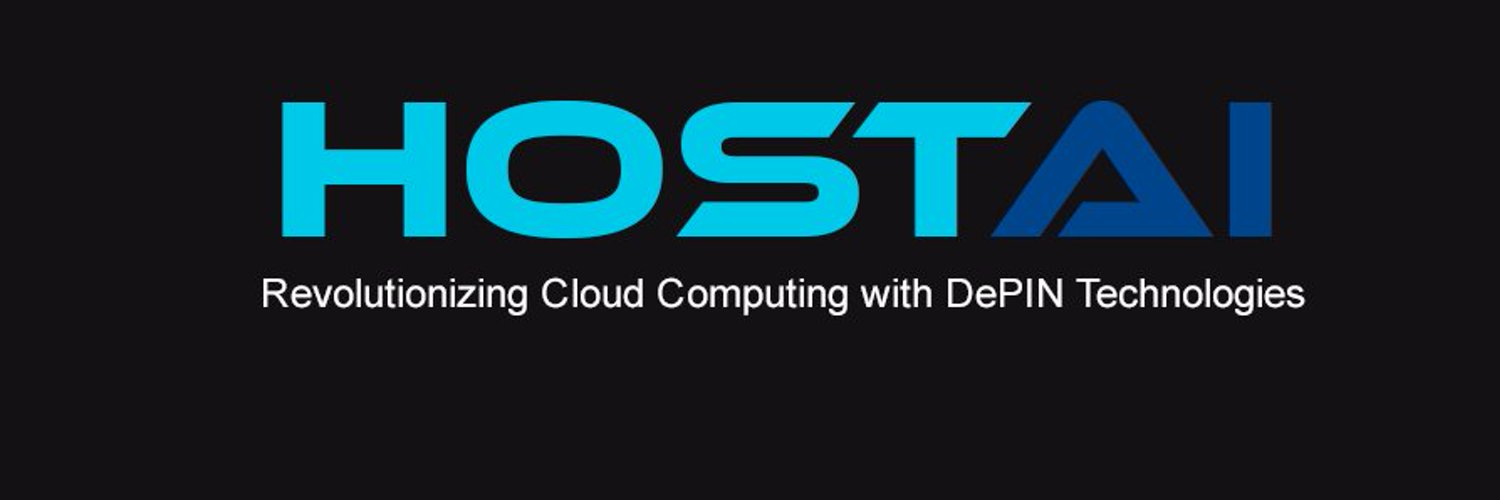
EU methane regulations prompt emissions reduction technology advancements

Riddoch: Since 2020, the EU has been working on a proposal for regulations to measure, report and verify methane emissions in the energy sector. By imposing monitoring and reporting obligations on operators, the regulations are aimed at improving environmental performance and reducing methane emissions to meet the EU’s net-zero goals.
In December 2023, these regulations were agreed on by the EU Council and the Parliament and will have a deep and long-lasting impact on the whole energy sector, especially the offshore industry. The rigor of the regulations being implemented will likely focus the offshore industry in a similar manner as was seen in the early ’90s when the industry focused fully on improving safety offshore. Generally, there is a recognition of need for hydrocarbons in the energy mix until we can transition away; however, the industry will have to deal with increasing environmental legislation driven by societal pressure during that period.
Interestingly, these regulations are not only going to affect operators within the EU. The new methane regulations target emissions that are generated outside the EU and exported to member states. Aimed at creating better understanding of global methane sources, companies outside the EU will need supply information on equivalent measures related to monitoring, measurement, reporting and mitigation. The EU hopes that this will create better transparency of supply and will increase the possibility of wider uptake of methane mitigation across the globe. Indeed, these regulations signal the start of increasing pressure from regulators globally for operators to showcase how the industry is effectively tackling the issue of fugitive emissions created from producing oil and gas.
The issue is applying current measurement and monitoring technologies to subsea facilities, which can present several unique challenges. Unlike onshore and topside facilities, physically getting access to subsea sites to perform the required monitoring and measurements comes at increased difficulty, often involving the mobilization of vessel-based inspection via ROV. Couple this with the added difficulty of installing devices into existing subsea infrastructure, often requiring power, data communication or intervention. There will not be a one-size-fits-all solution; however, small footprint technologies with low-energy requirements are required to meet these stringent requirements in a technically feasible and cost-effective manner.
Offshore: Can you tell me a bit about Sentinel’s emissions monitoring system? When was this released, and what are its offshore applications?
Riddoch: This is not a new technology. Sentinel has already developed and deployed offshore a suite of passive monitoring technologies, called WellSentinel, that can be applied to support operators de-risk these new regulations.
The systems continuously detect and alert for unwanted emissions and work by collecting and chemically detecting specific materials in the subsea environment. The systems are tuned (inserting the appropriate trigger) to respond only to the fluid of interest and nothing else they may encounter subsea. Once chemically detected, an individually coded alert beacon is released to the ocean surface and communicates via satellite to alert the asset owner. With the inclusion of Sentinel’s patented gas/fluid diverter, leak rates can be established, rate changes detected and alerted.
Offshore: How is Sentinel’s emissions monitoring technology different from what’s already offered on the market?
Riddoch: Current methods are unable to provide a real-time reliable alert to an operator or would be exceedingly costly to implement routinely, far above a risk level that is deemed ‘as low as reasonable practicable.’ These are simple-to-deploy technologies with a low-cost over life of field. The non-invasive and passive nature of the system sets it apart from what is currently available on the market.
03.15.2024



